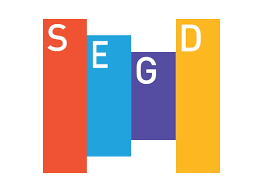ARCHIVE: Category Archive for: Signage Tips
Improving Retail Signage
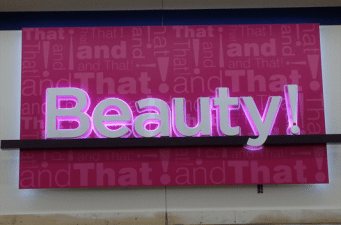
Retail sales depend greatly on giving prospective customers a clear idea of what you’re selling, and then making it fast and easy for them to get what they want, when they want it. That’s why retail stores often live (or die) on the quality of their signage. Whether you are running a “Mom and Pop” sandwich shop or coordinating brand and local signage for a regional chain, here are some simple suggestions to help you open a new store, or improve the signage in any retail operation: Keep Your Signs Looking New In most retail situations, nothing turns off potential customers more quickly and permanently than the feeling your store is old, out of date, or dirty. Your signage serves
Inside Metro Signs – Elena Berry, Director of Business Development
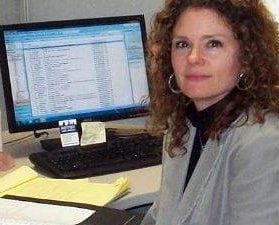
Signs may be in her blood. Elena started her career managing national accounts at a small sign company in Haverhill, MA, before moving to another sign company in Hudson, NH. Polishing her skills and learning the business, she pined for an opportunity to combine national accounts marketing with business development and trade show action. Just about the time she began to feel confined, she learned of an opportunity at Metro Sign and Awning, and leaped at it. It was a perfect fit. Elena was looking to flex her marketing muscles, and Metro Sign was looking to grow. “We have great people in all the right positions, ” she explains, “and I have all the tools to create my own success.
Crossing The MBTA’s Newest “T”
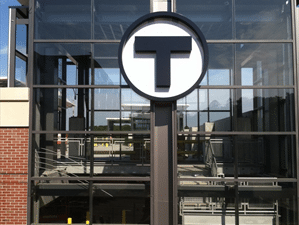
Our Metro Sign and Awning install crew has been working diligently this week with Suffolk Construction at The Beverly Depot. We’ve almost finished installing the new “T” Logo and the facility’s way-finding signs. Thanks for the opportunity to service another MBTA and Suffolk Project; we appreciate your valued partnership. The new parking facility at the Beverly station is slated to open for public use on Saturday, August 3rd, 2014. It will take another couple of months to finish a similar facility at the Salem station, probably not opening until October according to the Salem News. Together, the two new garages will allow commuters to park more than 1,200 vehicles, which will greatly ease the current parking crunch in those locations.
How Many Kinds of Signs Can You Name?
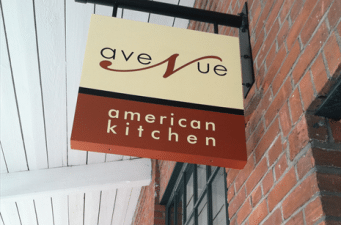
How Many Kinds of Signs Can You Name? There are more than 206 bones in the human body, each one with its own name, from cranial bones to vertebrae, and from the vomer to the clavicle. That’s more bones than types of signage, but our industry nevertheless can marshal quite a line-up of different ways to convey messages to people. How many different types of signs can you name? Below are some photos, with a link that lets you see what that type of sign is called. Sign Type 1: This high-profile sign is the kind you’ll see outside many developments, such as shopping centers, highway service establishments, or multi-tenant commercial parks. Depending on circumstances and visual
Convert Your Existing Signs to LED Technology – Part 2
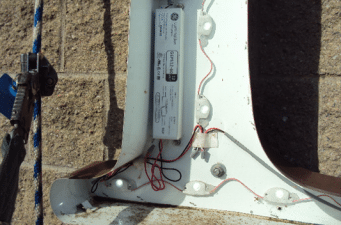
Convert Your Existing Signs to LED Technology – Part 2 Last time, we discussed some of the benefits that make LED illumination such a great option for signage, much better than the neon or fluorescent tubes currently in use in so many existing signs. This time, let’s assume you’ve been convinced to consider a switch to LEDs. Here’s what’s involved in making the changeover: Simple Conversion Process The first step is to see what you’ve got right now. Our crew comes to your location(s) and inspects your current signage. We’re interested not only in the design, but the physical sizes and shapes where illumination is required. We not only measure each linear run of lighting, but we also look at
New “Blade” Sign at Charles Playhouse
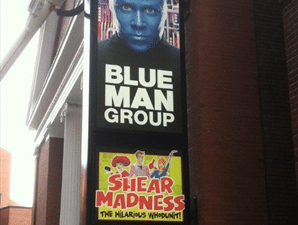
New “Blade” Sign at Charles Playhouse “Hysterically funny.” “Visually stunning.” “Wildly inventive.” Those are some of the salutatory words used to describe the Blue Man Group‘s show, Tubes/Rewired/NowMoreWow, currently in residence at Boston’s historic Charles Playhouse, 74 Warrenton Street. Since the Blue Man Group began performing at the Charles Playhouse, back in 1995, its three members have felt extremely comfortable there in the heart of Boston’s theater district. The venue, which first opened its doors in 1958 in a building that dates from 1839, easily lent itself to the group’s “multi-sensory” show, which combines elements of theater, percussion, and visual arts, in an unlikely mix with both science and vaudeville. Audiences have responded enthusiastically, making the Blue Man Group‘s show
Inside Metro Signs – Corey Fisher, Partner, V.P. Operations

With a degree in Mechanical Engineering from Worcester Polytechnic Institute (WPI), Corey Fisher is a man who knows how to make things. He enjoys the challenges that come with the signage industry and takes pride in the products he helps create. Corey first started with Metro Sign and Awning about 10 years ago as a technician, a role which soon developed into an estimating position. About a year later, an opportunity arose for Corey to join in partnership with the existing owners: Brian Chipman and Tom Dunn. “Throughout school, I was always interested in CAD design and CNC machining, which just so happens to have many applications within the signage industry today,” says Corey, “so I asked Brian and Tom
Helping You Find Your Way Around
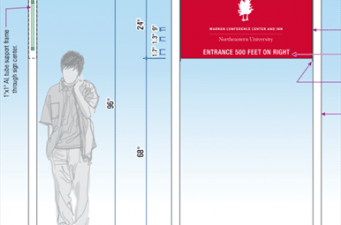
If you’d watched us work for the past couple of weeks, you might’ve thought we were going around in circles. And in a way, you’d be right. We’ve been working on another large wayfinding signage project, and the number of details outnumber the number of signs by about a thousandfold. We’re not complaining, or bragging – that’s just the way wayfinding projects (and most others, really) seem to go. If you’d like to see a few of the details and understand some of the principles behind a wayfinding signage project, the AIA (American Institute of Architects) created an overview document a few years ago, which is now freely available. If you have questions about wayfinding signage or would like to
Carved and Routed Signs
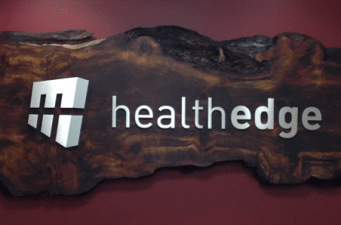
In sign-making, as in so much of daily life, what’s old is often new again. Sign-making dates back to very early civilizations. For example, carvings were heavily used to communicate information by the Mayans, and also by the Greeks and the Romans. Pompeii and Herculaneum, two Roman cities buried by volcanic ash and lava in 79 AD and therefore helpfully preserved for us to study today, contain hundreds of carved signs (some gilded, others painted) advising residents of then-important information. The traditional art of Whakairo, or carving in wood, stone, and bone, has been a staple of the Maori culture in New Zealand since the first Polynesians arrived there more than 1,000 years ago. During those early days, sign-makers learned
Five Things You Don’t Know About Wayfinding Signs
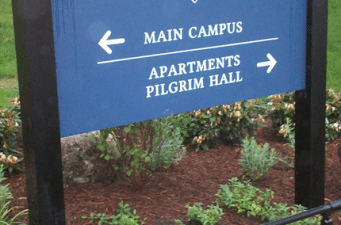
“Wayfinding” is a fascinating word that conveys its own meaning very clearly – which is precisely what you expect from “wayfinding signs” themselves. But it’s far from easy to create a series of signs that are unified, logical, and authoritative in design, yet variable enough to convey highly specific information clearly and unambiguously to people who are quite often in a hurry, stressed, confused, and possibly lacking in local language skills. So it’s no surprise that, to many designers, wayfinding signage projects are among the most challenging tasks in all of signmaking, and – when satisfactorily accomplished – among the most rewarding. Here are some interesting facts you probably don’t know about wayfinding signage: Wayfinding Signage Should Go Beyond
Categories
- ADA
- Architectural Signage
- Awnings and Canopies
- Branding
- Colleges and Universities
- Community
- COVID-19
- Curated Content
- Customer Spotlight
- Customers
- Deep
- Design/Build
- Digest
- Digital Signage
- Eco-Signage
- Electronic Message Centers (EMC)
- Enclosures
- Exterior Signage
- Fabrication
- Freestanding Signs
- Fun
- Functional Signage
- Green
- How Much Does a Sign Cost
- Industries
- Inside Metro
- Interior Signage
- Legacy
- Legacy-EA 2.0
- Metro Sign
- Metro Sign & Awning
- New England Signs
- Newsletters
- Original Posts
- Others
- Partners-Developers-Contractors
- Professional Signage Installation
- Publications
- Residential Signage
- Sign Design
- Sign Renovation
- Sign Types
- Sign Warranty
- Signage Regulations
- Signage ROI
- Signage Tips
- Vehicle Wrap
- Wayfinding
- Window and Door Graphics
Recent Posts
Tags
Copyright 2022 MetroSign and Awning, All rights reserved | Privacy Statement | Terms of Use
